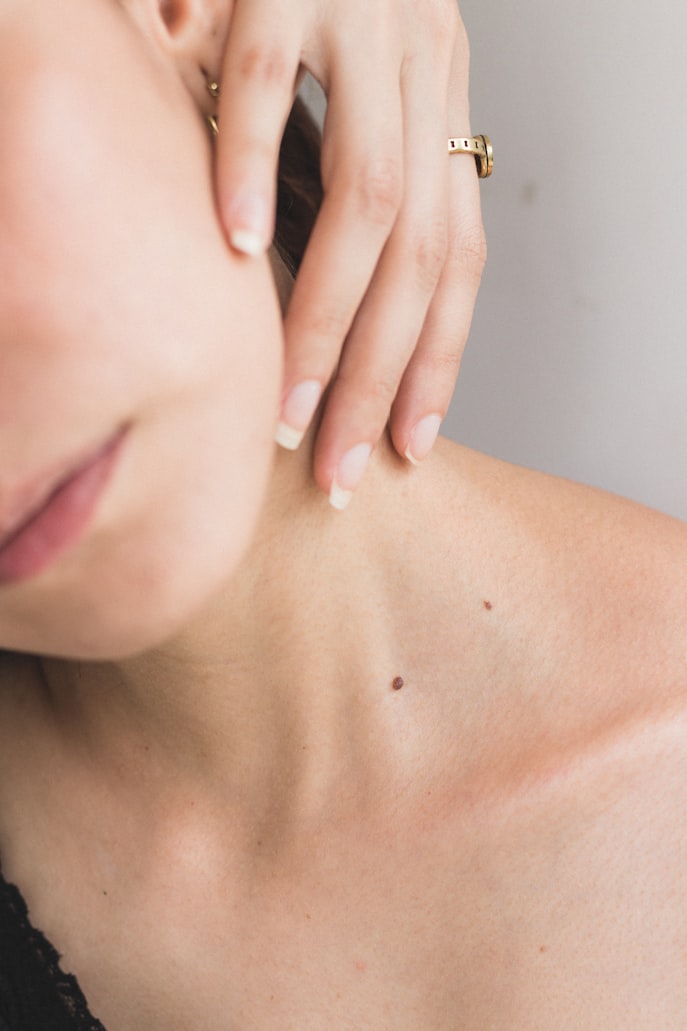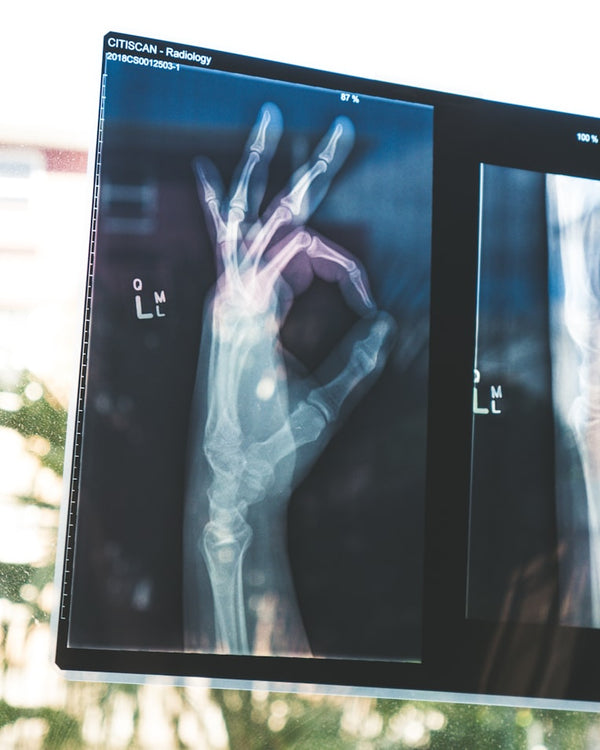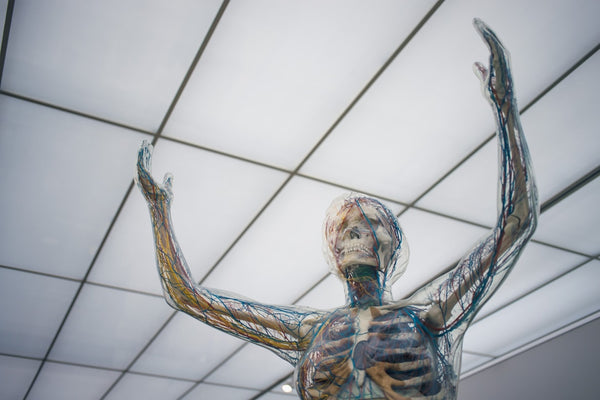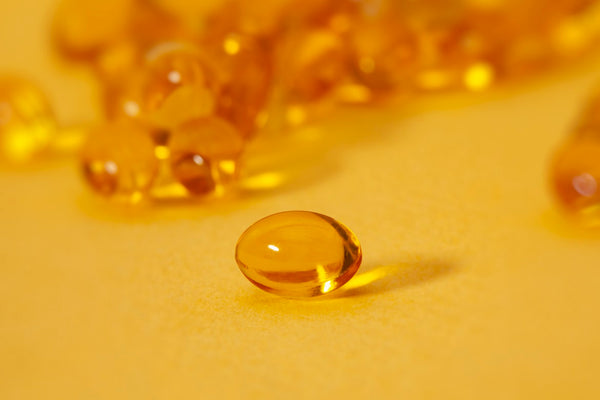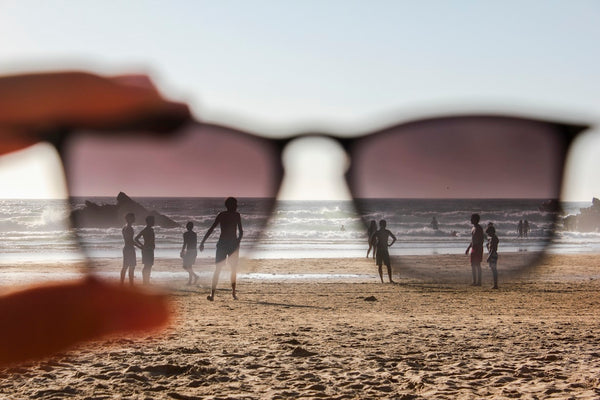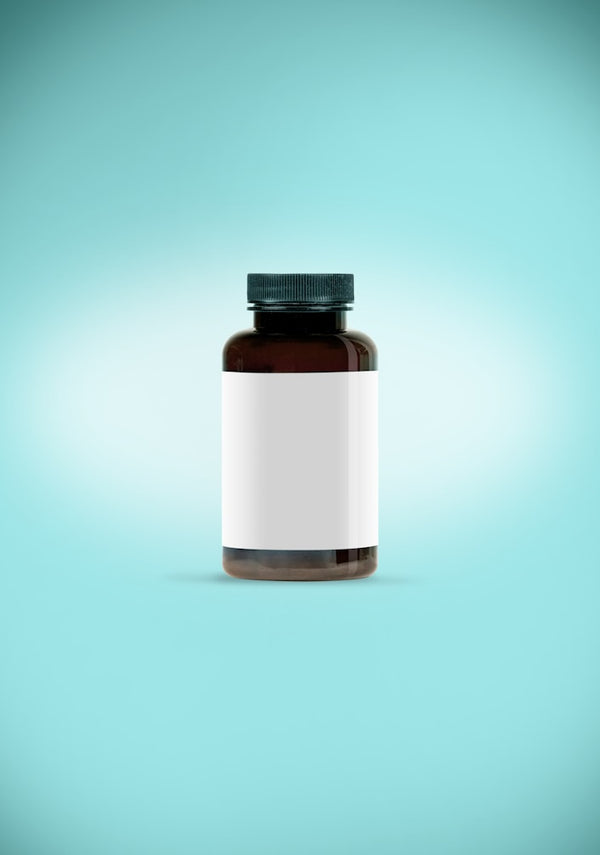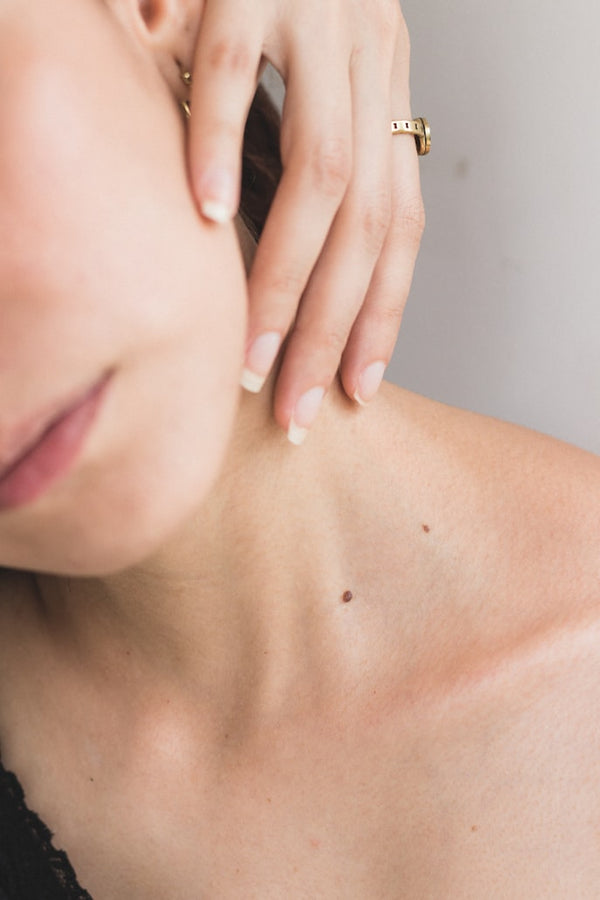Skin cancer, these are malignant dark spots on our skin that appear suddenly. Is correct?
Skin cancer has many faces. The best known is malignant melanoma, also known as black skin cancer. There are also basal cell and squamous cell or squamous cell carcinomas, the so-called white skin cancer. Merkel cell carcinoma, dermatofibrosarcoma protuberans and Kaposi's sarcoma are less common. However, if recognized and treated early, the chances of a cure for all types of skin cancer are very high today, emphasizes the German Cancer League in its brochure"Skin Cancer".
Who is particularly at risk?
Both genetics and our environment affect how likely we are to develop cancer. People with fair skin, reddish or blond hair, lots of moles and freckles are at higher risk. If there are already cases of cancer in the family, the risk increases further. Sunburns, especially in childhood and adolescence, also increase the likelihood. The risk of skin cancer increases by a factor of two to three. Anyone who puts additional strain on their skin by going to the solarium not only increases the tan, but also the risk of tumor formation. There is an increased risk of developing skin cancer. And those with a weakened immune system should avoid the sun as a matter of urgency.
In general, children and young people are more at risk because their skin is still thin and less calloused skin has formed. Athletes are also at risk because the film of sweat on the skin reduces the effectiveness of sun protection products.
The influence of UV radiation
Very few people are aware that a large proportion of skin cancers, a full 75 percent, could be prevented if we dealt properly with the effects of the sun on our bodies. Three quarters of all skin cancer cases are due to UV radiation, and we can protect ourselves from that with sunscreen, sensible clothing and an awareness of when it is better to be in the shade.
This is what happens when the sun hits our skin: UVA and UVB rays penetrate the layers of our skin, aging and destroying it. In a little more detail: The rays attack the genetic material in our cells. This can be changed in such a way that individual cells continue to multiply even though they shouldn't - a tumor develops. To a certain extent, our body can detect these cells and render them harmless. But only to a certain extent.
Anyone who is exposed to an overdose of UV radiation is punished with a sunburn. And that's not trivial. The skin swells, reddens, burns. Bubbles form. If you still don't pull the emergency brake, you risk your skin dying off.
Detect skin cancer
Not only self-protection should therefore be part of everyday routine. Everyone can quickly and easily check for themselves whether the skin is changing. Skin cancer can be seen and felt, and most forms can be detected early. Look for changes, spots that appear suddenly, thickening, discoloration or knots.
The German Cancer League names six signals that you can look out for:
- A mole is significantly darker than all the others - colored brown-black or black. It clearly stands out from other pigmented moles.
- A mole is irregular in shape and/or color.
- A pigment mark changes color, becomes lighter or darker.
- A pigment mark has already reached a diameter of 2 millimeters.
- After years of stagnation, a pigment mark suddenly grows visibly again.
- You feel an existing or new pigmented mole - for example because it burns, itches or even bleeds.
If you have questions about skin cancer or notice anything suspicious on your skin, talk to your dermatologist about it!
Further reading:
- Cancer League on skin cancer: https://www.krebshilfe.de/informieren/ueber-krebs/haeufige-krebsarten/hautkrebs/wie-entständig-hautkrebs/

